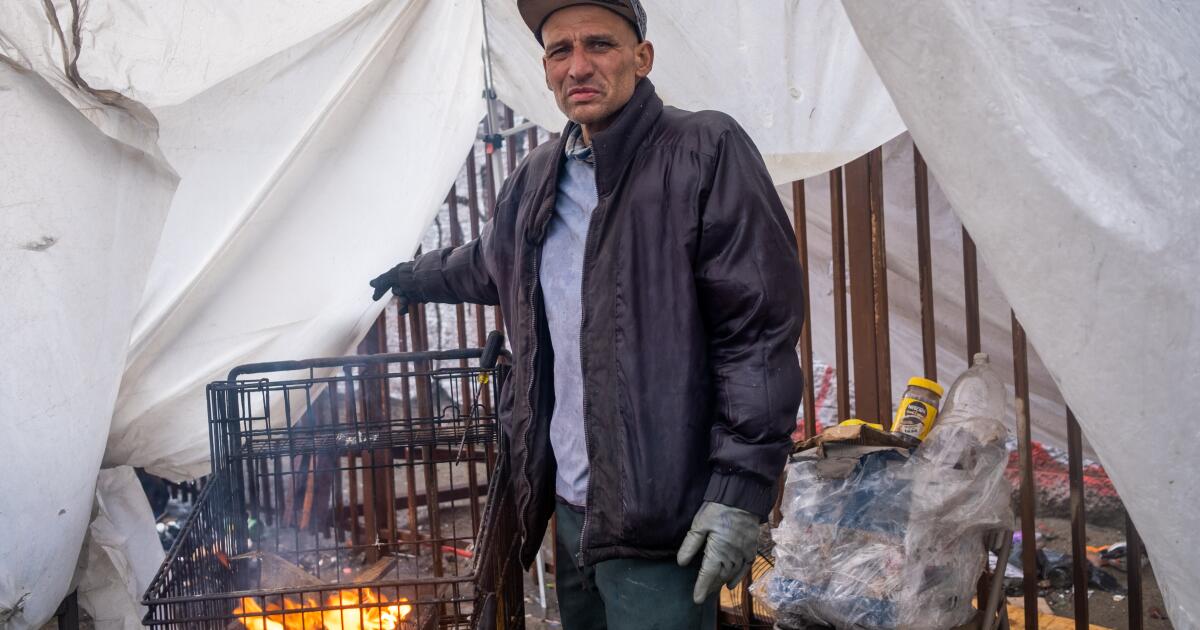If 100 homeless people were given $750 per month for a year, no questions asked, what would they spend it on?
That question was at the core of a controlled study conducted by a San Francisco-based nonprofit and the USC Suzanne Dworak-Peck School of Social Work.
The results were so promising that the researchers decided to publish results after only six months. The answer: food, 36.6%; housing, 19.5%; transportation, 12.7%; clothing, 11.5%; and healthcare, 6.2%, leaving only 13.6% uncategorized.
Those who got the stipend were less likely to be unsheltered after six months and able to meet more of their basic needs than a control group that got no money, and half as likely as the control group to have an episode of being unsheltered.



Okay let’s come at this from another angle.
If you apply for benefits you have to fill out the form attesting you need help. You need to talk to a civil servant to have that need verified. Then you need to fill out more forms declaring your assets. You will also need to do this semi regularly. And you will need to do this for each benefit program you apply for.
Now multiply that by about 30 million applications/check-ups a year, per program. That’s where the money comes from. That entire apparatus is no longer needed and the annual funds from that will actually be enough to run a UBI program. Then on the taxes end you can recoup about a 1/4 of the money sent out so that can be reinvested into the program.
As I said earlier the math has been checked. It works. We wouldn’t need to fund any extra money than we already do.
So it’s paid for by the savings from not having all that inefficient wasteful overhead of the modern welfare state. That’s the grand plan?
OK, where can I find this math you speak of?
You can do a rough summation of it yourself. We spend about 1.2 trillion dollars a year on various forms of welfare. There’s about 260 million adults in the US. That comes out to somewhere around 400 dollars a month. Now the neat part starts.
Say we set a goal to recoup half of the total using higher taxes on higher income brackets. Nothing horrible, no more than the extra 500 they got and certainly didn’t need. That means we got 600 billion back. If we continue the program we can do so with 1.8 trillion instead of 1.2 trillion. Because we still allocate the yearly 1.2 trillion dollars. So the benefit in year 2 is 600 dollars.
In this way we could easily expand the program up to about 750 dollars a month over 5 years. After that the annual half back begins to approach the annual funding amount. Which means the program stabilizes around 2.4 trillion in rotation. 1.2 from the government and 1.2 in taxing back the top half.
Incidentally this is also why it’s not an inflationary measure in the traditional sense, it’s not creating money. It’s just moving it in a novel way.
Unfortunately, if you want something more substantial you’re going to have to wade into academic papers.
Let me know if you find any of those academic papers.